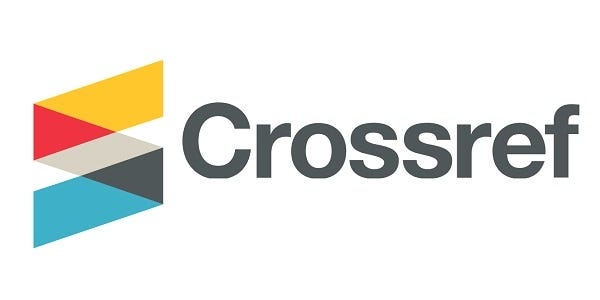Investigating the Representation of Multiple Intelligences (MI) Theory in TheActivities of ESL Young Learner’s Textbook
Keywords:
Multiple Intelligences; English textbooks; primary education; activities.Abstract
The present study aimed at examining how Multiple Intelligences (MI) Theory is incorporated in a specific series of English as a Second Language (ESL) young learner’s textbooks. One textbook and workbook level 3 of Super Minds series were analyzed using a MI checklist from developed by Botelho (2003); Estaji & Nafisi (2014); and Kirgoz (2010) based on the review of the related literature and frameworks of the theory of Gardner (1983). As many as 596 activities were analyzed from the textbook and the workbook. The result showed that the analyzed textbook and workbook primarily addressed verbal/linguistic intelligence (40.60%), also included a fair number of activities related to bodily/kinesthetic (12.42%), interpersonal (11.41%), visual/spatial (11.07%) and logical/mathematical (10.74%) intelligence. Musical (6.71%), intrapersonal (4.36%), and naturalistic (2.68) intelligences were the least dominant types in the textbook and existential intelligence did not particularly exist in the examined activities. It is recommended for the textbook developers that a variety of intelligence types in materials for young learners could be distributed evenly.







